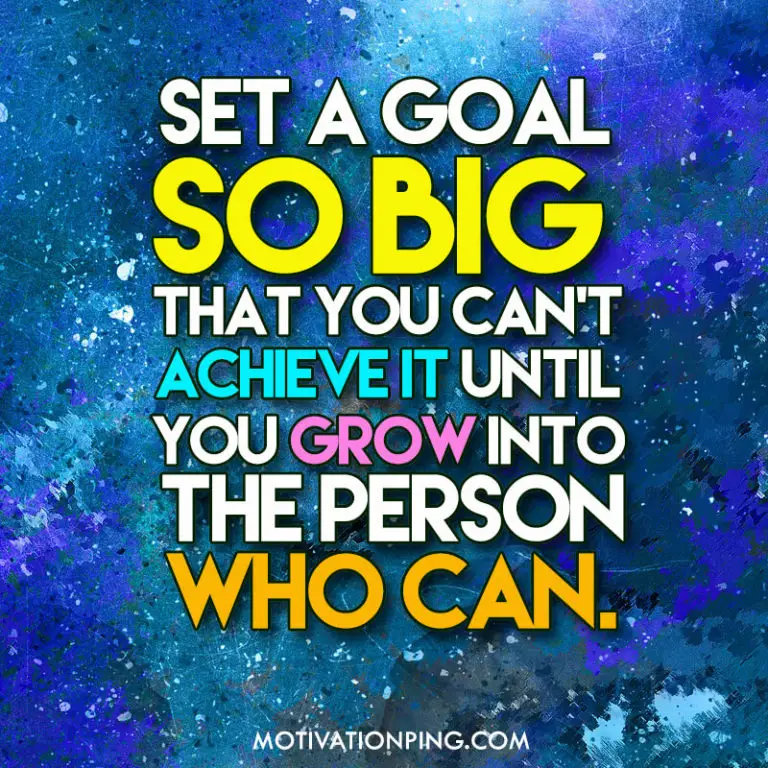The Good Life: Defining And Achieving Your Personal Best

Table of Contents
Defining Your Version of The Good Life
This section focuses on self-reflection and goal setting. What truly brings you joy and fulfillment? Understanding your values and setting realistic goals are crucial first steps in designing your ideal lifestyle. This involves introspection and a willingness to honestly assess your current situation and aspirations.
Identifying Your Values
What are your core values? These are the principles that guide your decisions and actions. Identifying them is paramount to living a life aligned with your true self. Common examples include:
- Family: Strong relationships and nurturing connections.
- Creativity: Expressing yourself through art, music, writing, or other creative pursuits.
- Learning: Continuously expanding your knowledge and skills.
- Health: Prioritizing physical and mental well-being.
- Contribution: Making a positive impact on the world.
- Adventure: Embracing new experiences and challenges.
- Freedom: Having autonomy and independence in your life choices.
Aligning your actions with your values is essential for long-term happiness. When your life reflects your core beliefs, you experience a greater sense of purpose and satisfaction. Several exercises can help clarify your values:
- Journaling: Spend time reflecting on moments that brought you joy or fulfillment. What values were present in those experiences?
- Values Clarification Questionnaire: Many free online questionnaires can help identify your core values.
- Mind Mapping: Visually represent your values and how they relate to each other.
Setting Realistic and Meaningful Goals
Once you've identified your values, translate them into specific, measurable, achievable, relevant, and time-bound (SMART) goals. For example:
- Instead of: "Get healthier." Try: "Exercise for 30 minutes, three times a week for the next three months."
- Instead of: "Spend more time with family." Try: "Have dinner with my family once a week for the next month."
- Instead of: "Be more creative." Try: "Write one short story per month for the next year."
Breaking down large goals into smaller, manageable steps makes them less daunting and increases your chances of success. Utilize techniques like time blocking, the Pomodoro Technique, and reward systems to overcome procrastination and maintain motivation.
Cultivating Key Pillars of The Good Life
This section explores essential aspects contributing to a fulfilling life. Achieving "The Good Life" requires holistic well-being encompassing physical, mental, emotional, and financial health.
Physical Well-being
Prioritizing your physical health is foundational to a good life. This involves:
- Regular Exercise: Aim for at least 150 minutes of moderate-intensity or 75 minutes of vigorous-intensity aerobic activity per week.
- Healthy Diet: Focus on whole, unprocessed foods, fruits, vegetables, and lean protein.
- Sufficient Sleep: Aim for 7-9 hours of quality sleep each night.
- Stress Management: Practice relaxation techniques like meditation, yoga, or deep breathing exercises.
Physical health directly impacts mental and emotional well-being. Regular exercise releases endorphins, reducing stress and improving mood. A healthy diet fuels your body and mind, enhancing cognitive function and energy levels. [Link to a reliable resource on healthy living]
Mental and Emotional Well-being
Nurturing your mental and emotional well-being is equally crucial. Consider these practices:
- Mindfulness: Practice being present in the moment, focusing on your breath and sensations.
- Gratitude: Regularly acknowledge and appreciate the good things in your life.
- Strong Social Connections: Cultivate meaningful relationships with friends and family.
- Seek Professional Help: Don't hesitate to reach out to a therapist or counselor if you're struggling.
Positive psychology emphasizes strengths and positive emotions to build resilience and happiness. Therapeutic approaches like Cognitive Behavioral Therapy (CBT) and mindfulness-based therapy can help manage stress, anxiety, and depression.
Financial Well-being
Financial security contributes significantly to overall well-being, reducing stress and providing freedom to pursue your passions. Key aspects include:
- Creating a Budget: Track your income and expenses to identify areas for improvement.
- Managing Debt: Develop a plan to pay off debt strategically.
- Saving and Investing: Build an emergency fund and invest for long-term financial security.
- Financial Planning: Plan for retirement and other long-term financial goals.
Financial literacy is crucial for achieving financial well-being. [Link to resources on financial literacy]
Maintaining Momentum and Achieving Long-Term Success in The Good Life
Sustained progress requires strategies for consistent action and resilience.
Building Good Habits
Building good habits is essential for achieving long-term success. Utilize these techniques:
- Tracking Progress: Monitor your habits to stay accountable.
- Rewarding Yourself: Celebrate milestones to stay motivated.
- Accountability Partners: Share your goals with others for support and encouragement.
Small, consistent actions accumulate over time, leading to significant results. Habit-building apps and resources can provide additional support. [Link to habit-building apps]
Adaptability and Resilience
Life inevitably throws curveballs. Developing coping mechanisms and a positive mindset is crucial for navigating challenges:
- Developing Coping Mechanisms: Identify healthy ways to manage stress and setbacks.
- Learning from Failures: View setbacks as opportunities for growth and learning.
- Maintaining a Positive Mindset: Focus on solutions and maintain a hopeful outlook.
Flexibility and the ability to adapt to changing circumstances are essential for navigating life's ups and downs.
Continuous Self-Improvement
The Good Life is a journey of continuous growth and learning:
- Seeking New Knowledge: Engage in lifelong learning through books, courses, and workshops.
- Learning New Skills: Expand your capabilities and explore new interests.
- Embracing Personal Growth Opportunities: Actively seek opportunities for self-reflection and development.
Personal and professional development contributes to a more fulfilling and meaningful life. [Suggest resources for personal and professional development]
Conclusion
Defining and achieving your version of The Good Life is a personal journey that requires self-awareness, intentional action, and ongoing commitment. By identifying your values, setting meaningful goals, and cultivating key pillars of well-being, you can create a life filled with purpose, joy, and lasting fulfillment. Remember, The Good Life is not a destination but a continuous process of growth and self-discovery. Start your journey today by taking small steps towards your vision of The Good Life. Begin defining your ideal lifestyle and start building your path to a truly fulfilling existence!

Featured Posts
-
 Cyberpunk 2 Cd Projekt Reds Next Steps
May 31, 2025
Cyberpunk 2 Cd Projekt Reds Next Steps
May 31, 2025 -
 Rosemary And Thyme Companion Planting And Pest Control
May 31, 2025
Rosemary And Thyme Companion Planting And Pest Control
May 31, 2025 -
 Deadly Wildfires Rage In Eastern Manitoba Crews Struggle To Contain Blazes
May 31, 2025
Deadly Wildfires Rage In Eastern Manitoba Crews Struggle To Contain Blazes
May 31, 2025 -
 Nyt Mini Crossword Solutions March 31 2025
May 31, 2025
Nyt Mini Crossword Solutions March 31 2025
May 31, 2025 -
 Arese Borromeo E Il Neorealismo Un Analisi Fotografica Di Ladri Di Biciclette
May 31, 2025
Arese Borromeo E Il Neorealismo Un Analisi Fotografica Di Ladri Di Biciclette
May 31, 2025
